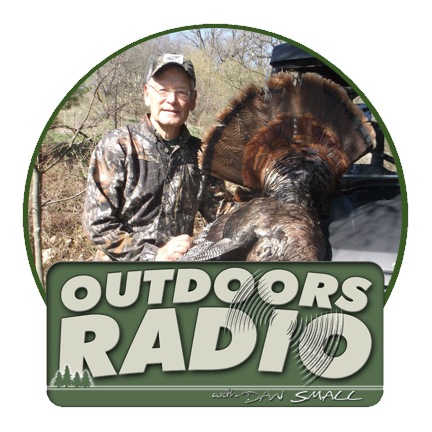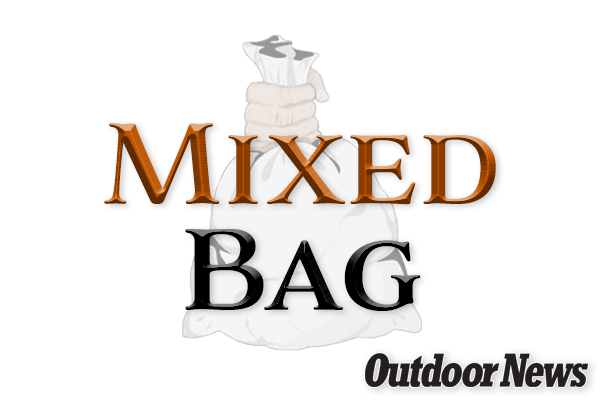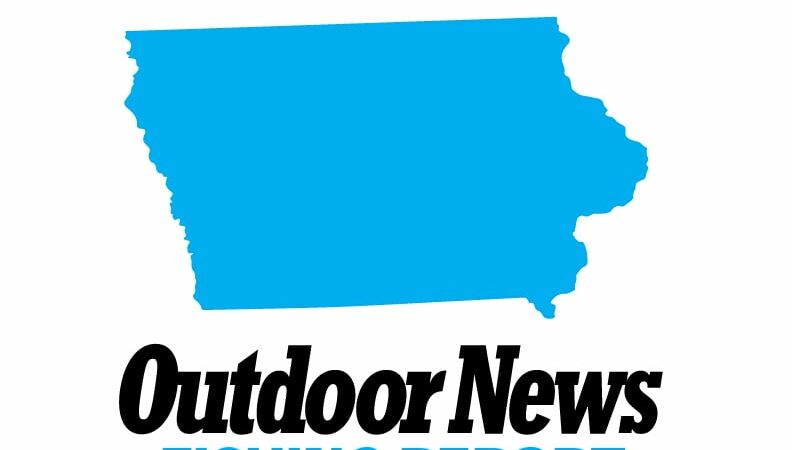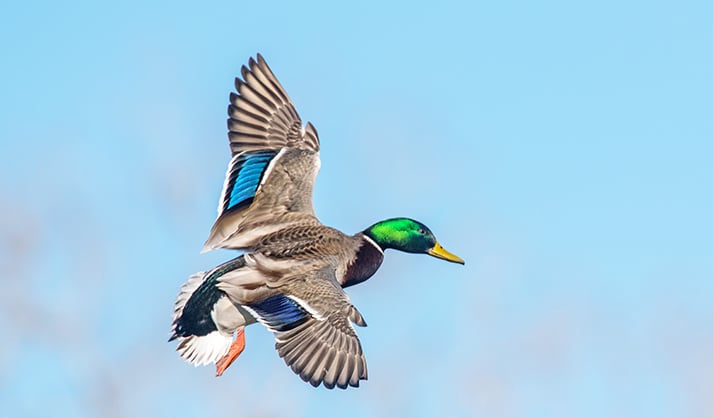Minnesota DNR’s small-game survey shows declining hunters, fewer survey responses – Outdoor News
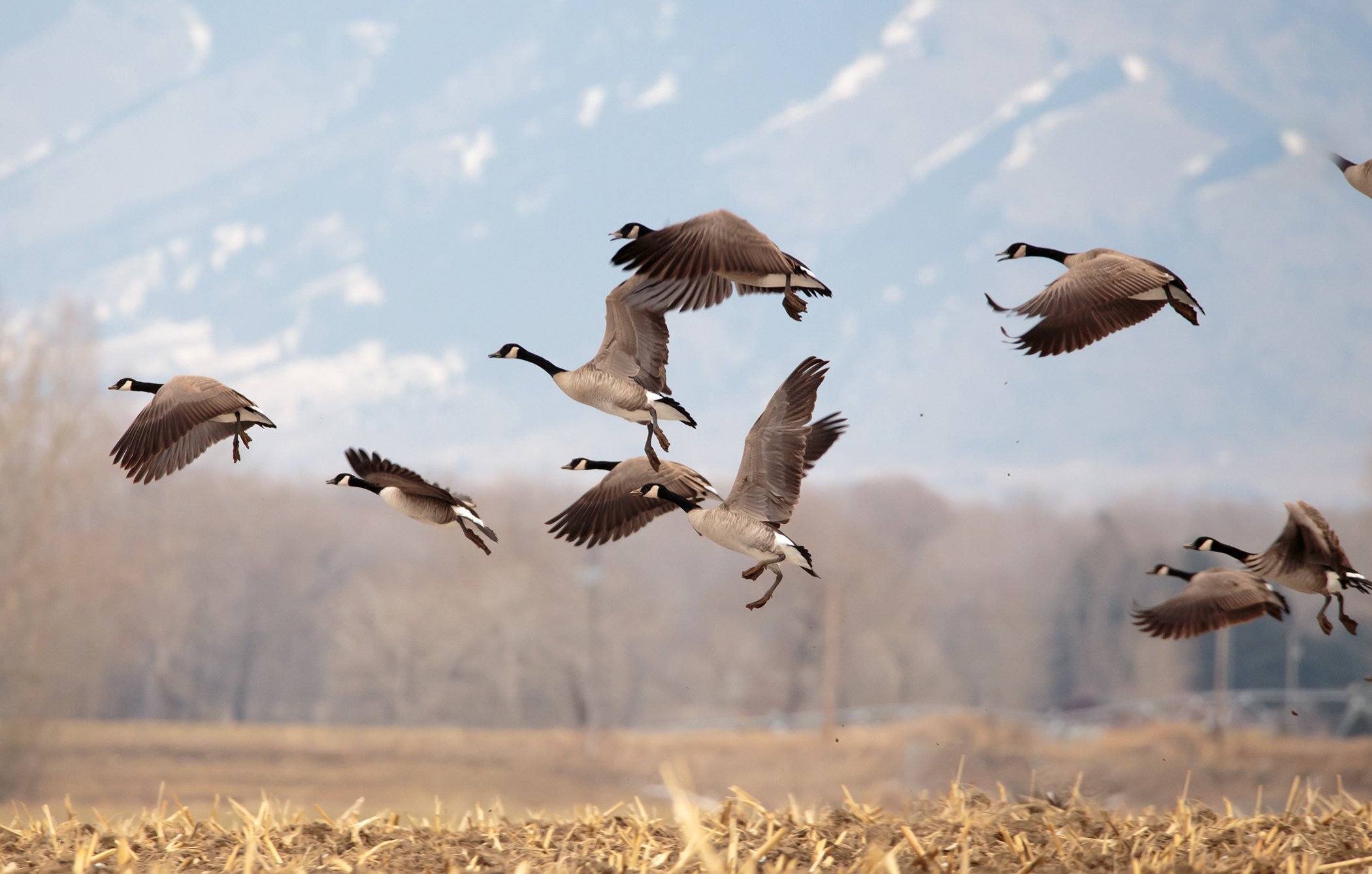
St. Paul — The number of Minnesota hunters who pursue small game – from squirrels to ruffed grouse to ducks – continues to trend downward, according to the Minnesota DNR’s 2022 annual small-game hunter mail survey.
The number of small-game hunters in 2022 in Minnesota dropped slightly from the previous year and is well below the 10-year average – a 20-year downward trend in participation that DNR officials say hampers wildlife conservation efforts across the state. Overall, 228,143 small-game licenses were sold for the 2022-23 hunting seasons, down from the 233,901 sold in 2021-22. According to the survey, small-game hunters who targeted waterfowl, pheasants, and grouse had “fairly similar success rates” compared to the 10-year averages.
“The decline means fewer licenses sold, which means less money to do habitat work that benefits wildlife and hunters,” said Nicole Davros, DNR farmland research supervisor, regarding the decline in small-game hunter participation. “But there’s also an economic impact surrounding many small towns that cater to hunters. Fewer visitors to cafes and gas stations … and those who may need lodging has an impact, too.”
The annual survey, which has been conducted for decades, estimates harvest and number of hunters for two dozen species. According to the DNR, the survey asks small-game license buyers if they hunted, what species they hunted, how many days they spent hunting, and the number of harvested species.
In March, the DNR mailed 7,000 postcard surveys to licensed small-game hunters who hunted during the 2022-23 season. A follow-up mailing to “non-respondents” was done roughly three weeks later. Of the 7,000, 2,197 were completed and returned. The “adjusted response rate” was 32%, which has slowly declined for years.
Response rates used to be in the 60% range, DNR officials say. The poorer response rates can affect the survey’s numbers. “It hurts the precision of the estimates,” Davros said.
The DNR released the survey results on the heels of what’s been characterized as one of the best starts to the waterfowl-hunting season in two decades and less than two weeks before the pheasant season, which opens Oct. 14.
RELATED CONTENT:
Minnesota duck hunting opener better than expected? Hunters find plentiful birds across the state
Food buffet in many Minnesota lakes set for migrating ducks
Minnesota’s 2023 roadside survey: Pheasant numbers up big in the southwest
According to the 2022 survey, 81,864 state duck stamps were sold, which was 3% below 2021 sales and 8% below the 10-year average. Duck harvest (470,000) was down 32% from the 10-year average of 693,000 ducks. In addition, the survey estimated 45,200 duck hunters in 2022, which was 35% below the 10-year average of 69,900 hunters. In addition, 83% of hunters were successful, bagging 12.6 ducks on average. That’s greater than the 10-year average of 11.7 ducks.
Steve Cordts, DNR waterfowl staff specialist, said he believes the 2022 estimated number of duck hunters was higher than the survey results. He points to the “hard data” of the number of state duck stamps sold (81,864) and the low overall response rate, which can skew survey numbers. “I think the number is an anomaly,” he said, adding that the underestimated number of hunters also decreased hunter duck harvest.
Cordts said the estimated number of duck hunters in 2022 was more likely “between 60,000 to 70,000, based on the number of duck stamp sales.”
“In my mind, it was a low estimate and an outlier,” he said.
According to the survey, there were 27,200 Canada goose hunters, down 42% from the long-term average. Harvest was 127,500 geese, down 48% from the 10-year average. Hunter success was 71%, with successful hunters bagging 6.6 geese on average, similar to the 10-year average.
An estimated 64,600 hunters pursued ruffed grouse in 2022, which was 14% below the 10-year average of 74,800 hunters. Harvest was 237,700 grouse, which is 10% below the 10-year average of 264,200 grouse. Hunters harvested 5.4 grouse, which was similar to the 10-year average of about five grouse.
According to the surveys, there were 52,300 pheasant hunters in 2022, which was down 9% from the 10-year average of 57,500 hunters. In 2022, 77,448 state pheasant stamps were sold, which was similar to 2021 and the 10-year average. The pheasant harvest was 204,000 roosters, which was similar to the 10-year average of 201,600 birds. Hunter success was 68%, with hunters bagging 5.8 roosters compared with the 10-year average of 5.2 roosters.
According to the DNR, the results from the duck and pheasant stamp sales “reflect that some hunters may have a hunting tradition and bought duck or pheasant stamps, and then ultimately did not go hunting last year.”
The survey also tracks the hunting of mourning doves, rabbits, rails, and squirrels, among others species. More information on those species and others can be found here.


